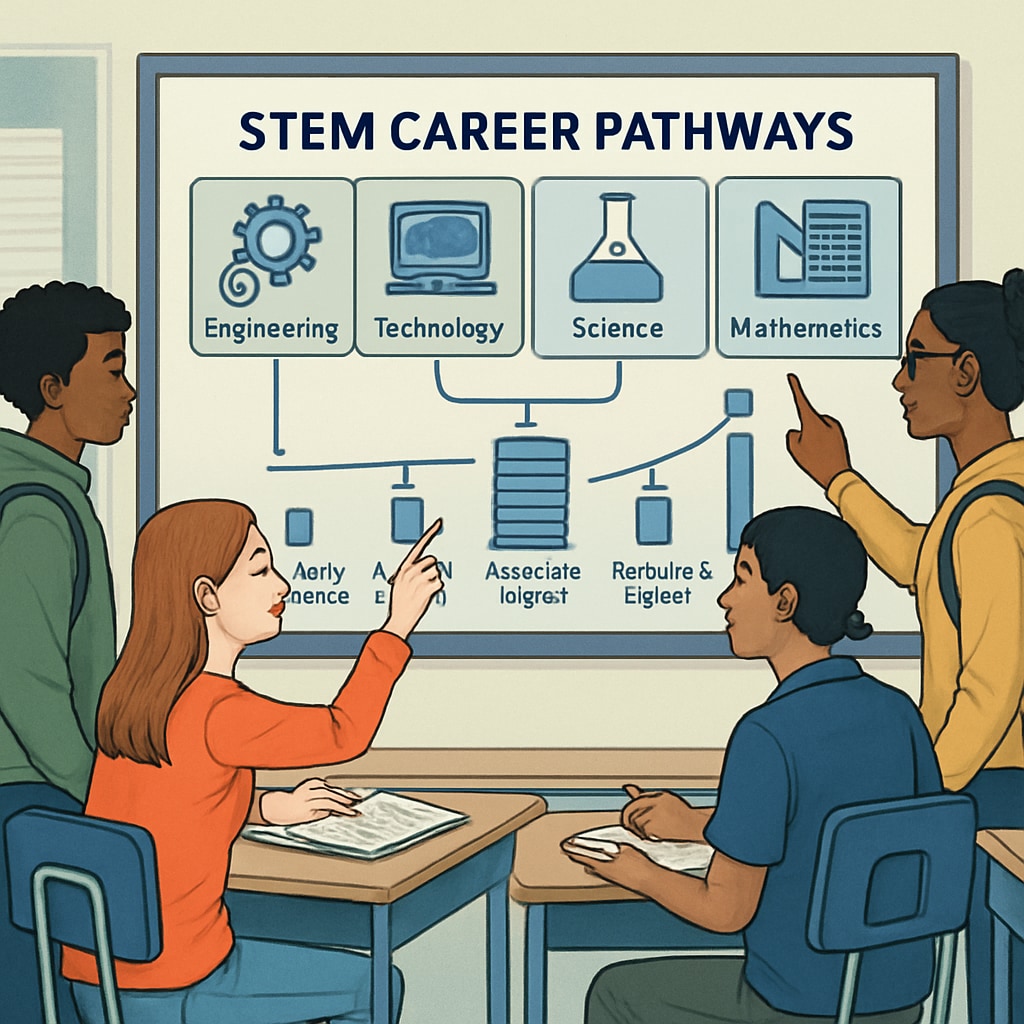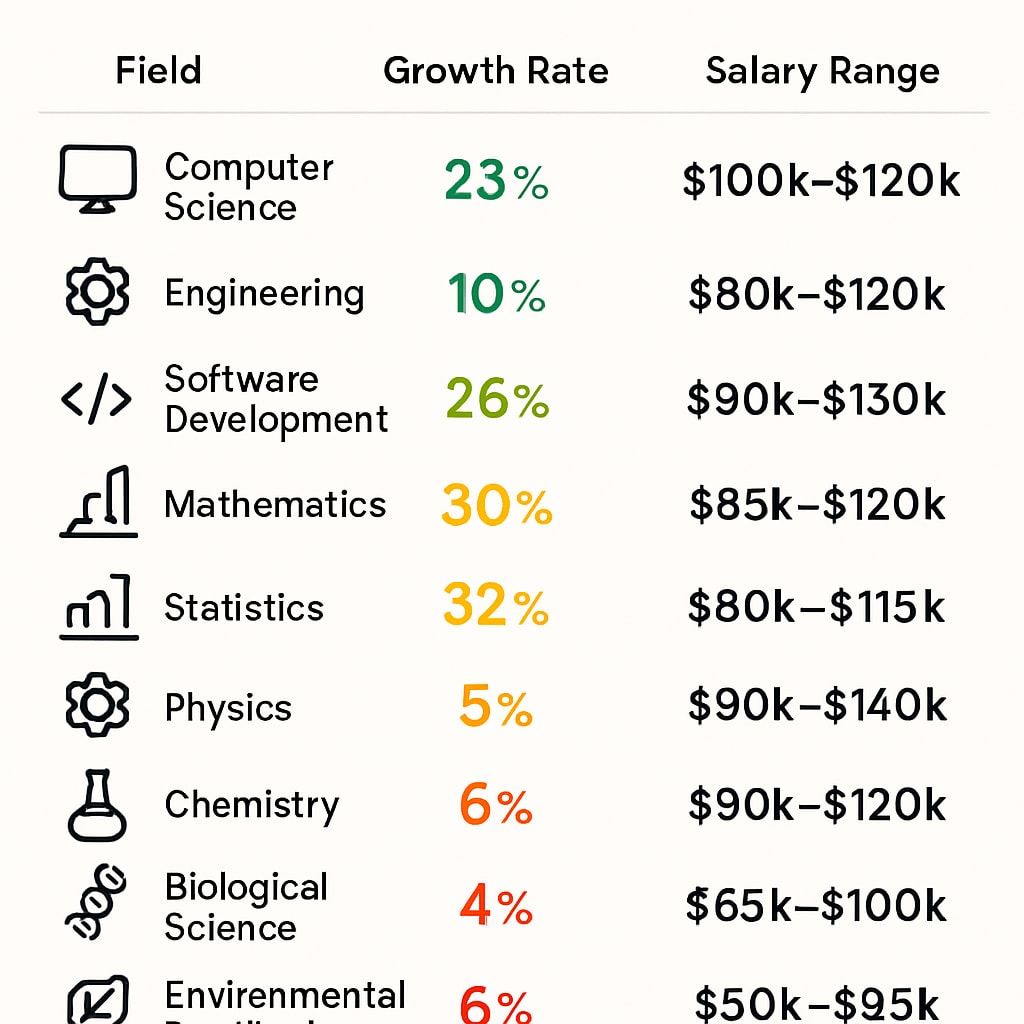Major selection in STEM fields stands as a critical crossroads in academic planning for high-achieving science students. Many top performers find themselves paralyzed by the overwhelming array of options and societal expectations.

The Paradox of High Achievers in STEM Decision-Making
Students excelling in science and mathematics often face unique challenges when selecting STEM majors. According to a National Science Foundation report, 38% of STEM undergraduates change their majors within three years. The primary pain points include:
- Overlap between multiple interests (e.g., physics vs. engineering)
- Pressure to pursue “prestigious” fields like medicine or computer science
- Limited exposure to real-world STEM applications beyond textbooks
Three-Dimensional Framework for Informed Choices
Breaking through the decision paralysis requires systematic evaluation across key dimensions:
- Self-Assessment: Utilize tools like O*NET Interest Profiler to align personality with STEM careers
- Industry Trends: Analyze projected growth in different STEM sectors (e.g., biomedical engineering vs. pure mathematics)
- Experiential Validation: Seek internships, summer programs, or shadowing opportunities before finalizing choices

Bridging the Extracurricular Gap
For students with stellar grades but limited hands-on experience, we recommend these practical steps:
- Participate in university open house events for STEM departments
- Complete free online courses from platforms like edX or Coursera
- Join local science fairs or innovation challenges
Transition tip: Start with broader STEM exploration before narrowing down specialties. Many fundamental skills transfer across disciplines, allowing for later specialization.


